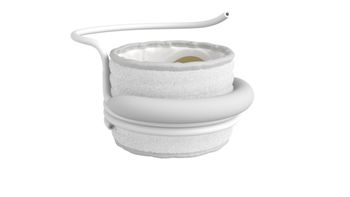
Few US adults use nicotine pouches; Many US citizens live in “cardiology deserts”; 14 tampon brands contained arsenic, lead – Morning Medical Update
The top stories in medicine today.
In a new study co-led by the Keck School of Medicine at USC, results showed that the prevalence of nicotine pouch use was low in US adults. Researchers said the results raise questions about who is using nicotine pouches sold in the US and why, as there has been a 641% increase in sales of the products between 2019 and 2022.
Co-author Adam Matthew Leventhal said, “The low prevalence of nicotine pouch use in adults surprised us, given the rapid increase in sales. But it’s also possible that the sales are being diverted to adolescents, who were not represented in this survey.”
The study is part of the USC Tobacco Center of Regulatory Science. Researchers are also looking at how pouch use relates to shifting teen usage patterns of other
Currently, around 22 million people live in counties that are considered
Haider Warraich, the study’s senior author, said people living in these counties “have a much higher prevalence of the entire spectrum of cardiovascular factors, including obesity, diabetes, smoking, high blood pressure, and high cholesterol.”
The study also found that people in counties without a cardiologist drive an 87-mile round trip on average, compared to a 16-mile round trip for those with access to a cardiologist.
30 tampons from 14 tampons brand were recently measured by Environmental International, containing measurable levels of
These findings come with worrisome consequences, as around 50% to 80% of people who menstruate use tampons. Further research is now needed to determine whether the metals could affect a person’s health and measure the presence of other chemicals in tampons.
Kathrin Schilling, co-author of the study, said, “Although toxic metals are ubiquitous and we are exposed to low levels at any given time, our study clearly shows that metals are also present in menstrual products and that
Newsletter
Stay informed and empowered with Medical Economics enewsletter, delivering expert insights, financial strategies, practice management tips and technology trends — tailored for today’s physicians.








